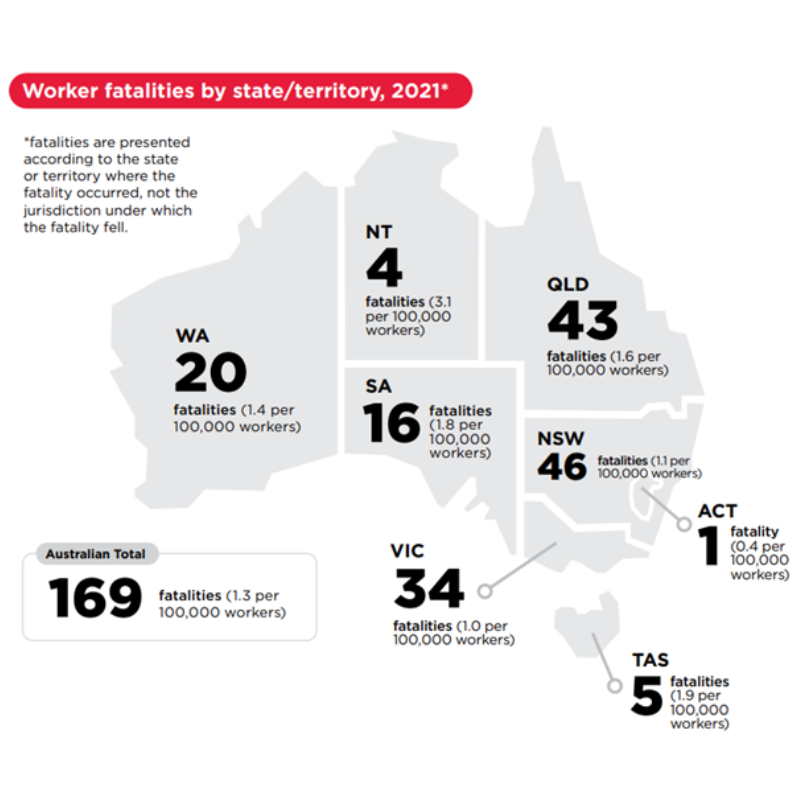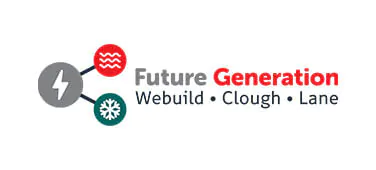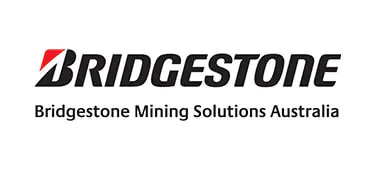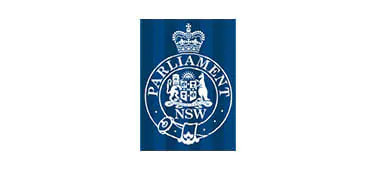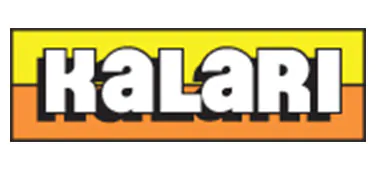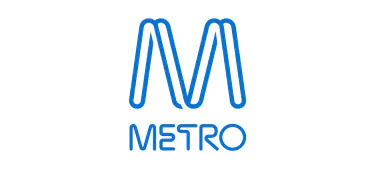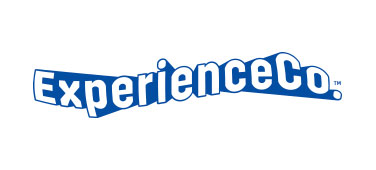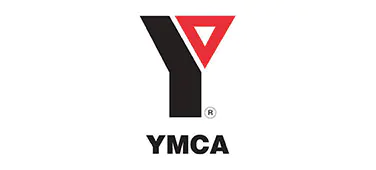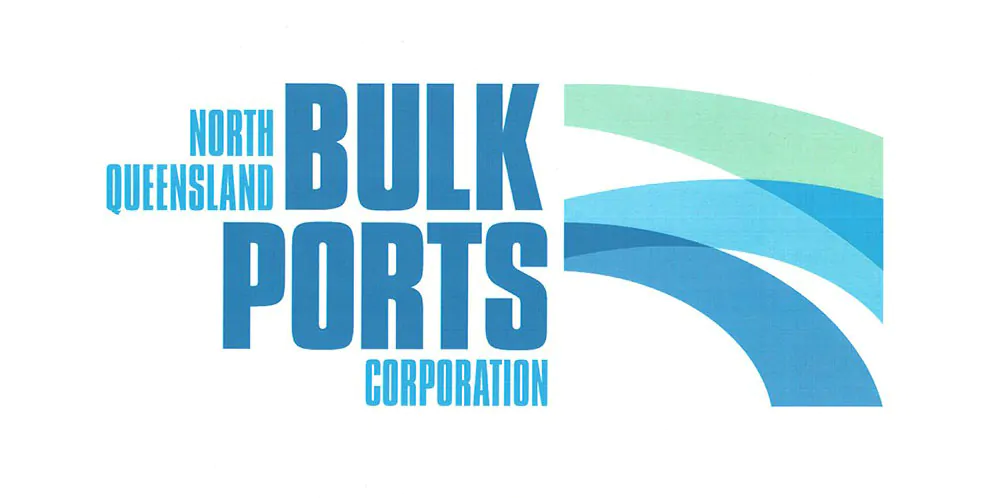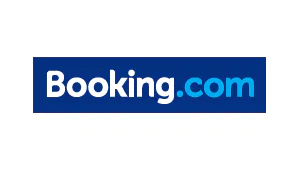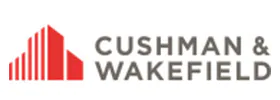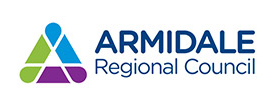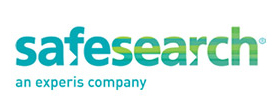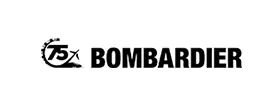Why workplace OHS is important

Christopher Cassaniti celebrating his 18th birthday just a few days before he died in a scaffold collapse
Anyone who has experienced the loss of a friend or family member through a workplace accident will understand why providing good OHS in the workplace is the most important responsibility for a business owner.
According to SafeWork Australia, in 2022 there were 169 workers killed at work. Additionally, there were a staggering 130,000 serious injuries – where workers were injured at work and were unable to work for at least seven days.
Putting statistics aside, there is a human side to every serious incident. The injured person may never fully recover. Family members are affected for the rest of their lives. In case you think we are exaggerating, here are just a few recent high profile examples of the human costs of failing to maintain good workplace OHS practices:
The Dreamworld Tragedy: In October 2016, Kate Goodchild, Luke Dorsett, Cindy Low and Roozbeh Araghi were killed when their raft capsised on the Thunder River Rapids Ride at Queensland’s Dreamworld Park. Ardent Leisure was subsequently charged with three offences under the Queensland WHS Act and were fined $3.6 million. The coroner made a scathing assessment of the employer, describing their workplace OHS culture as “culpable”. For those wanting to understand the nature of the failings in workplace safety, our research into the incident can be found on our website using the following link:
https://bwcsafety.com.au/safety-governance-lessons-from-the-dreamworld-tragedy/
Macquarie Park Scaffold Collapse: 18 year old Christopher Cassaniti was killed and his workmate Khaled Wehbe suffered severe crush injuries in April 2019 when an overloaded building site scaffold that they were working under collapsed. Synergy Scaffolding pleaded guilty to an offence under the Workplace Health and Safety Act and were fined $2 million. Christopher’s parents Patrizia & Rob live with the loss of their son every day and maintain the “Touched by Christopher” Foundation to raise awareness around the need to maintain good workplace OHS.
Sadly, these types of incidents are common, with a workplace fatality occurring about every second day in Australia.
The Problem in a Nutshell
From our experience as Australian OHS consultants for more than 20 years, we find most employers want their staff to be able to go home safely every day. The problem is that many businesses are focused on the basic task and see workplace safety as an ‘annoyance’ rather than a core part of the business. How often have you heard it said, “that OHS stuff is just over the top these days”.
This becomes evident when we are called to conduct an OHS review of a business – usually by a firm that has either had a workplace accident or has been fined by the safety regulator.
If we scaffolders as an example – we find they may be totally focused on delivering, erecting and dismantling their scaffold as quickly as they can. After all, they don’t want to hold up the project and the site manager is always on their back. They pay little attention to the systems and workplace safety culture that is required to maintain good workplace OHS and focus instead on having the right ‘paperwork’ to give to the site manager. We all know of course; the paperwork doesn’t make it safe.
As experienced OHS consultants, we recognise this type of approach to workplace OHS as “compliance focused”. However, to keep your people safe (and to be able to run your business efficiently), you need to develop a PROACTIVE safety culture.
The Solution… Be Proactive in Workplace OHS
A proactive approach to workplace OHS means the business has genuinely integrated good safety systems and culture into all work practices. Workplace Health and Safety must be managed in a systematic way.
Sounds great, I hear you say, but how?
For a business that hasn’t yet had a big focus on workplace OHS, a good place to start is to arrange for an independent OHS (WHS) review of the OHS management system that is in place and the typical work practices and culture that implement these OHS procedures. This will tell the business owner how well they are managing OHS and more importantly, what must be done in the year ahead.
As an example, often we find that these businesses have little or no OHS management system in place and we are able to assist in developing a system based on the international standard – ISO 45001 – which is the standard for OHS management systems that must be adopted in Australia. This system provides clear direction on “what must be done to maintain good safety”.
Once the system has been established, the next step is to get leadership actively involved in developing a good safety culture. This requires leaders to genuinely integrate good OHS practices into every function. Good safety is no longer a compliance ‘afterthought’, it becomes the way we do things around here. Usually a business will require an OHS consultant to provide safety training and coaching of leaders at the business, to show them “how good safety must be done”.
The key is to understand that active leadership commitment to having a good safety culture is the No. 1 ingredient. If workers see that the boss is genuine in their desire to have a safe workplace, they will get on board. But commitment must be consistently demonstrated, not just lip service. That commitment must extend to managing OHS in exactly the same manner and with the same rigour as every other business function.
The Benefit of good Workplace OHS
The fun part of working as an OHS consultant is that we regularly get to hear from leaders on how the efforts to improve safety have made the operation run much more smoothly. Workers will describe improved morale as things that had been a problem, are now solved through effective consultation. Even the accountant is happy as studies have consistently showed that every dollar spent on safety, will return five dollars to the business.
However, notwithstanding all the other knock-on benefits, the main reason for having good workplace OHS is that all of your colleagues will get to go home in the same condition that they arrived on the day.
Hopefully, you will never have to make that phone call!
How to get help
At BWC Safety we have an experienced team who have been helping organisations with safety compliance for more than twenty years. Many of our clients are household names and we partner with them over all phases of the safety journey. You can reach us through our website www.bwcsafety.com.au or at 0408 300 187.
Make an Enquiry
Ensure your organisation isn’t making critical WHS mistakes by getting expert advice before it’s too late.
